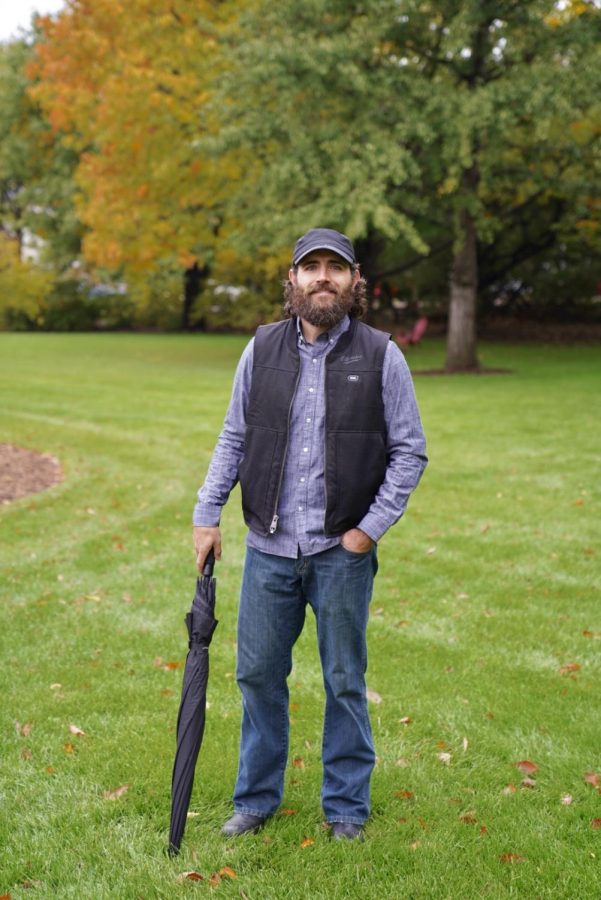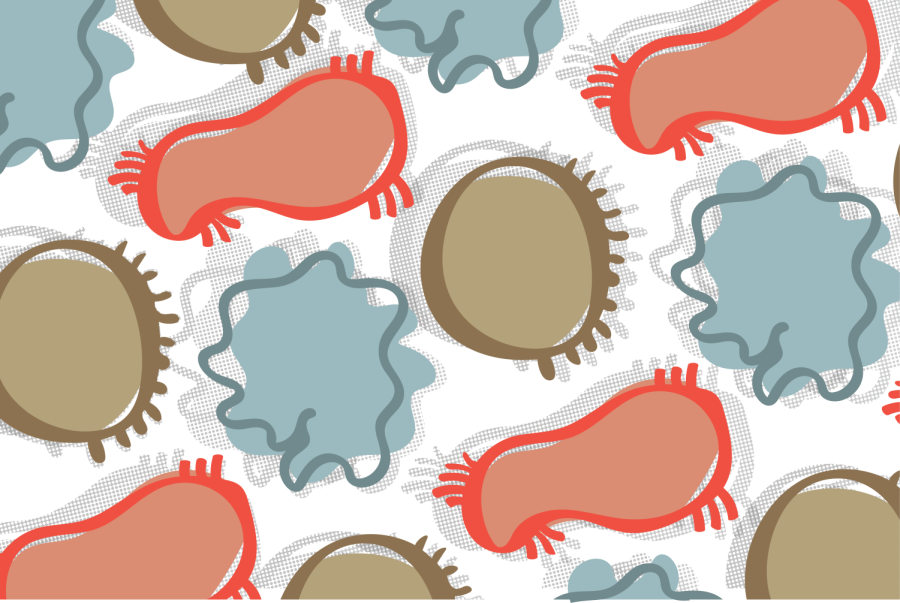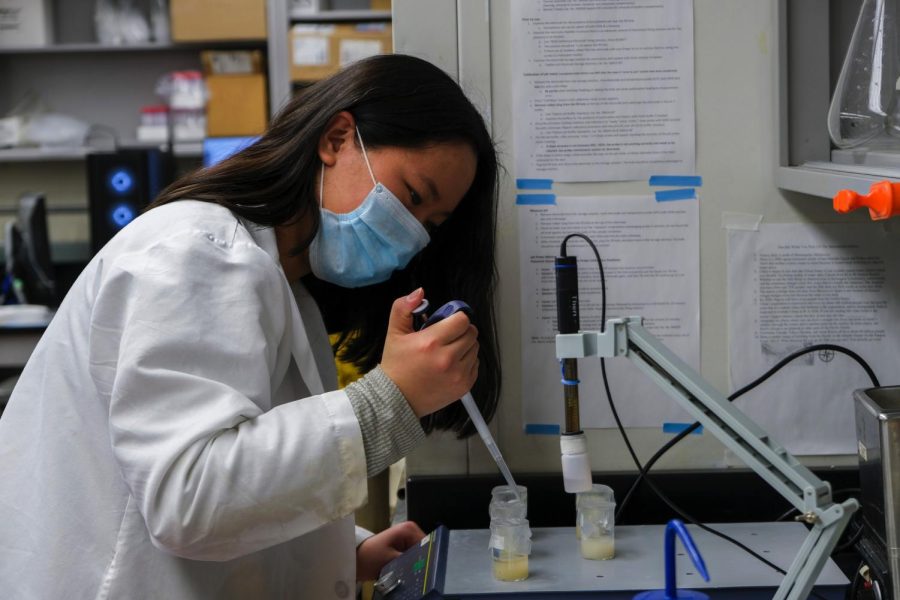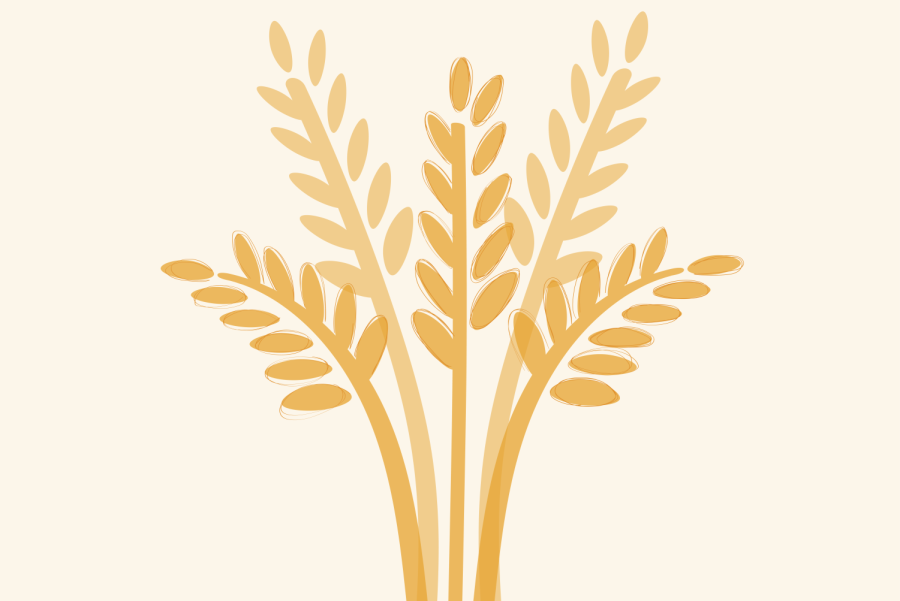Last July, a funding request by the University of Minnesota College of Veterinary Medicine was granted to provide $223,000 for Chronic Waste Disease (CWD) decontamination and detection research.
University researchers are conducting projects to research the disease to create recommendations for the meat processing industry, as the spread of CWD is a high threat for deer and potentially humans in the future.
The project is led by University faculty members, including assistant professor Peter Larsen, associate professor Dr. Davis Seelig and research specialist Marc Schwabenlander.
In addition, the project is in partnership with the Department of Natural Resources, the Board of Animal Health, the Minnesota Department of Agriculture and Jason Bartz, a specialist in prion research at Creighton University.
Larsen said the research goals focus on developing methods and practices that can rapidly detect prions in food products and decontaminate surfaces associated with food processing.
A prion is a type of protein that can trigger normal proteins to fold irregularly, and can affect both animals and humans. A few prion diseases can be transmitted to humans through meat consumption, according to Johns Hopkins Medicine.
CWD has existed since the 1960’s as a contagious prion disease affecting mammals in the deer, or cervids, family across the United States and several other countries.
The transmission of CWD can happen through animal-animal contact, which means that mammals in the deer family can spread it by touching or being in close contact. As of now, there have been no cases of CWD in humans.
However, the Center for Disease Control, the United States Food and Drug Administration and experts in general have raised concerns in recent years about the possibility of CWD entering the food chain, which Larsen said makes a potential human case a “non-zero chance.”
Currently, there are no regulations in the meat processing industry for CWD. Diagnostic tools are designed for specific types of tissues such as cervid brain and lymph nodes, but are unable to test venison, which is usually consumed by people.
Larsen said many meat processors in CWD-positive regions do not want to process deer.
“Processors see that [CWD] but don’t know how to handle it,” Schwabenlader said. “If they know they have a CWD-positive animal going through a processing line, what do they do about it?”
As of July 2020, the Minnesota DNR reported 88 CWD-positive deer that were located primarily in the southeastern part of Minnesota.
With the opening of deer hunting season on Nov. 6 in Minnesota, more people will be harvesting deer, which will increase the number of samples and tests in the research. Larsen added that hunting helps reduce or prevent the spread of CWD.
The Minnesota Department of Natural Resources provided the department with muscle samples collected from CWD-positive animals for the experiments that potentially would have been harvested or consumed.
One of the research methods includes applying a swabbing method designed by Bartz, to detect CWD prions on surfaces and tools used in the meat industry, such as knives and knife sharpeners.
Another decontamination method will use bleach, as a 40% solution has been proven to destroy prions on stainless steel surfaces. Solutions of 10%, 40% and 100% will be used to test effectiveness on surfaces and cutting tools.
As a hunter himself, Schwabenlander knows the venison process well: “Hunters need to ask themselves, ‘What can I do to protect myself and not spread CWD contamination?’”
Although the CDC provides health recommendations to handle harvested deer, venison consumption is at the discretion of the hunter.
“Not everything [hunters] have will be stainless steel,” Schwabenlander said. “Understanding this research enables us to provide direction for somebody who processes the deer themselves in their own garage or basement.”
Larsen advocates for the proactivity of preventative research. “It’s very important that the potential risk of CWD prions is not trivialized because it hasn’t impacted humans,” he said.
The two year funding continues until June 2023 and by then, many of the independent research projects will come together to create recommendations for management methods in detection and decontamination.
Correction: A previous version of this article misstated the impact that hunting will have on CWD in deer. Hunting season helps to reduce or prevent the spread of CWD.



























Peter Larsen
Nov 4, 2021 at 1:32 pm
Update: There is a misquote in the article that the editorial team is working to correct. Hunting helps REDUCE the spread of CWD. Not increase. That was an error that we are working to correct.